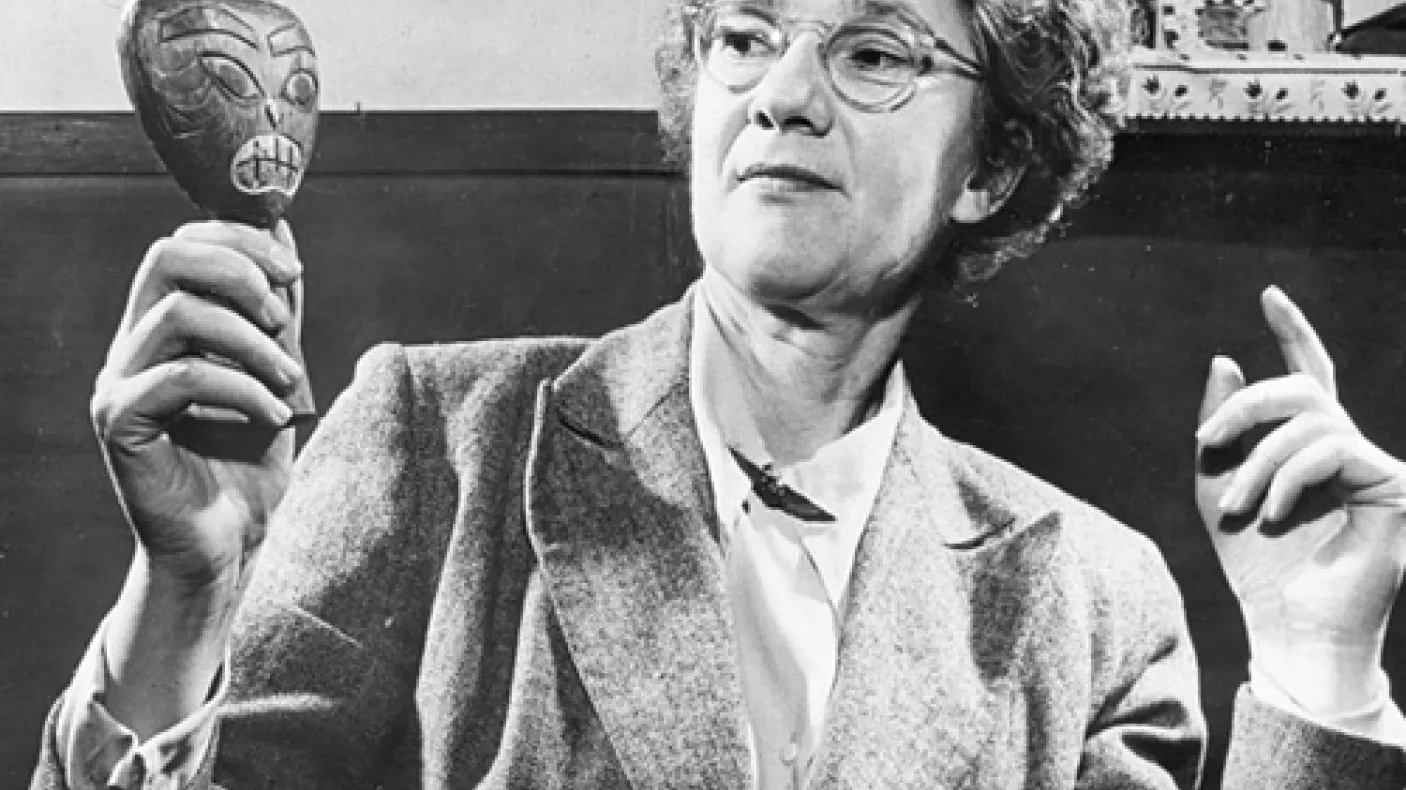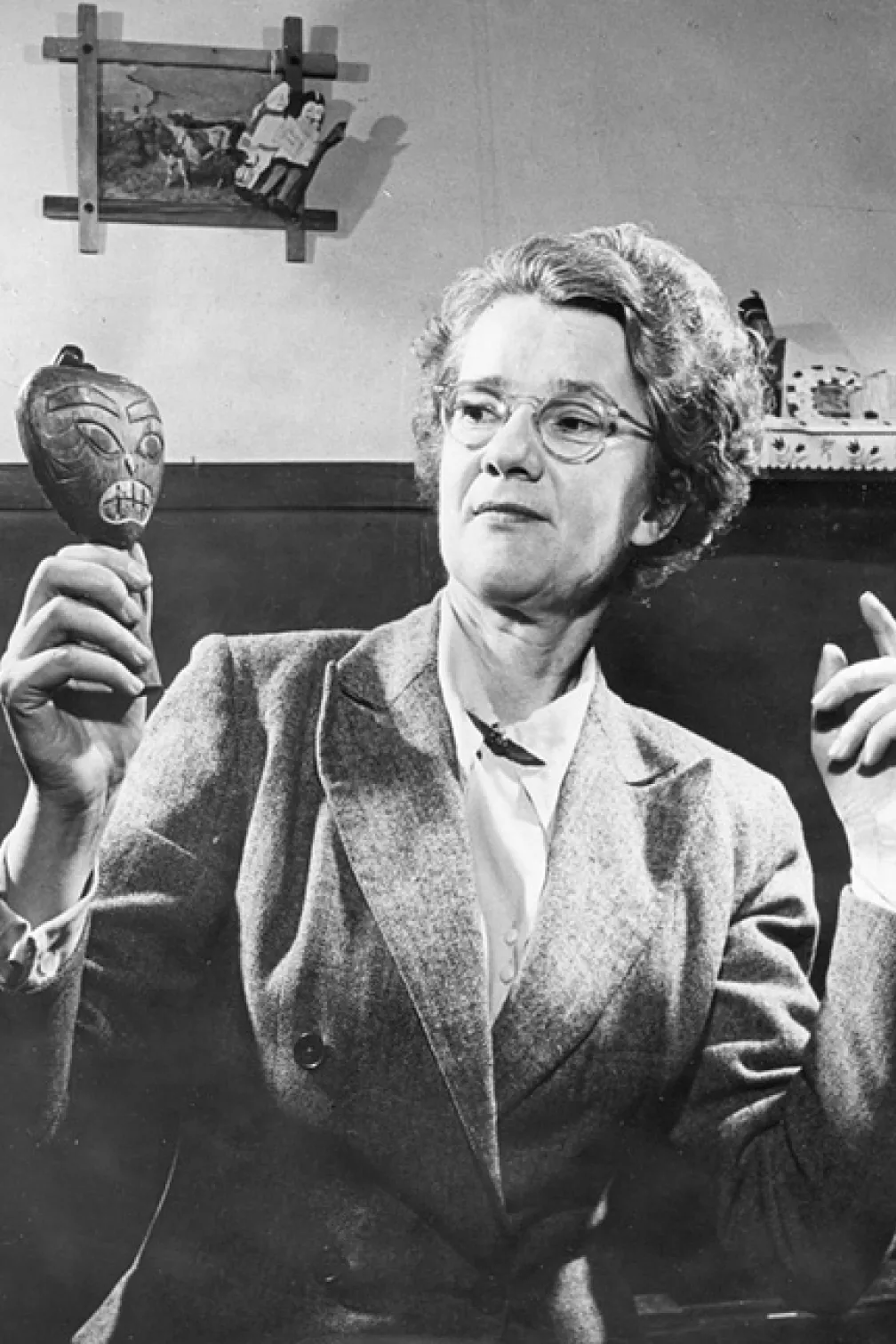Meet Miss Martin: Behind the Scenes at the ROM Library & Archives
Published
Categories
Author
Blog Post
By Nicole Marcogliese
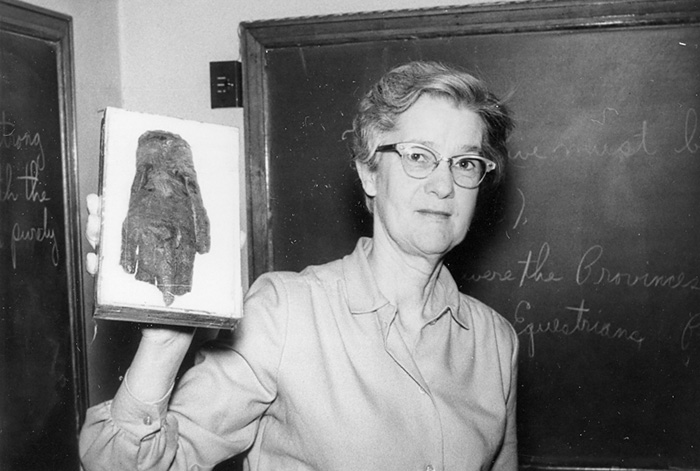
Every day for the past couple months I’ve been weaving my way through the first floor galleries searching for an ordinary door, down an ordinary hallway, in order to go somewhere extraordinary: the ROM Library & Archives. Inside the library you can find not only information about the museum’s collections, but also information about the history of the institution. Specifically, I was there to work with the museum’s own history through a collection of archival documents created by Ella N. Martin. Ella N. Martin was one of the ROM’s foremost museum educators from 1938-1971.
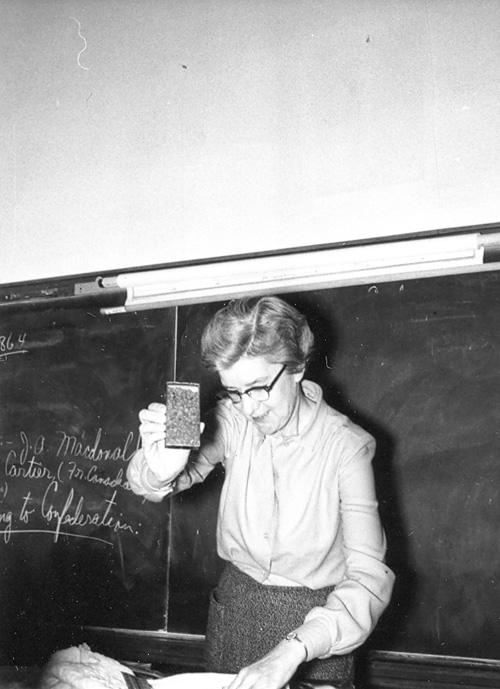
As both a Museum Studies and Archives Masters student at the University of Toronto, I was offered an opportunity to complete a practicum placement at the Royal Ontario Museum Library & Archives from January to April 2015. It has always been my dream to work in an institution such as the ROM, which combines a museum and archive. I hoped to contribute behind-the scenes in order to ensure collections remain accessible. I was thrilled when I heard I would be doing exactly that by arranging and describing the Ella N. Martin collection.
During the first few weeks of my practicum, I spent my time sorting through and reading records in the collection. I pored over all of Ella Martin’s personal papers, lecture notes, reports on children and adult programs, student worksheets, travel agendas, conference materials and correspondence, photographs, and even all the newspaper clippings she meticulously saved.
In doing so, I learned how tirelessly she worked for 33 years as a senior lecturer in the ROM education department, and how important she was in shaping the experiences of ROM visitors and staff alike. She used many of the principles that are considered cornerstones in museum education in her work, such as object-based learning, and community outreach. Miss Martin also advocated for improved teaching standards in museum education.
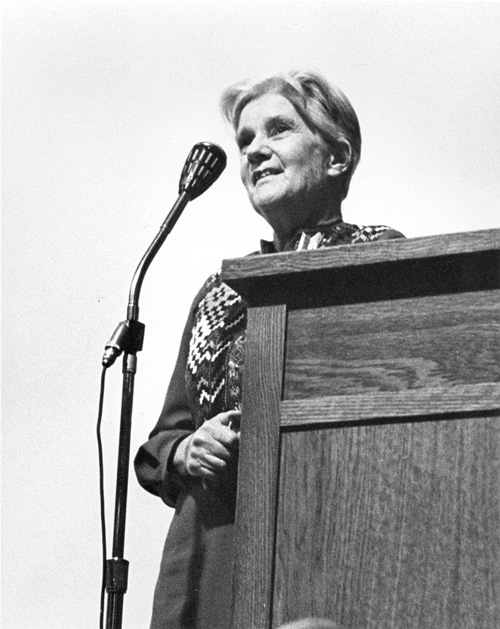
After reviewing the records, I started to work on my main task – arranging and describing the collection. When arranging and describing collections, archivists traditionally try to maintain the original order of records established by the creator of the collection. Although I wanted to follow this principle, I suspected that the files had already been rearranged based on information I gathered from the acquisition records for the collection. Nevertheless, the current arrangement of the records is in some way, a part of the custodial history of the collection. I recommended that the records be kept in their current arrangement to preserve this information – you never know what someone may need or want in the future for research purposes!
I then completed a detailed description as well as a file list for the collection. This means that I wrote finding aids to help researchers determine what types of records were inside the boxes and where the records were located. People will now be able to access the collection more easily and efficiently.
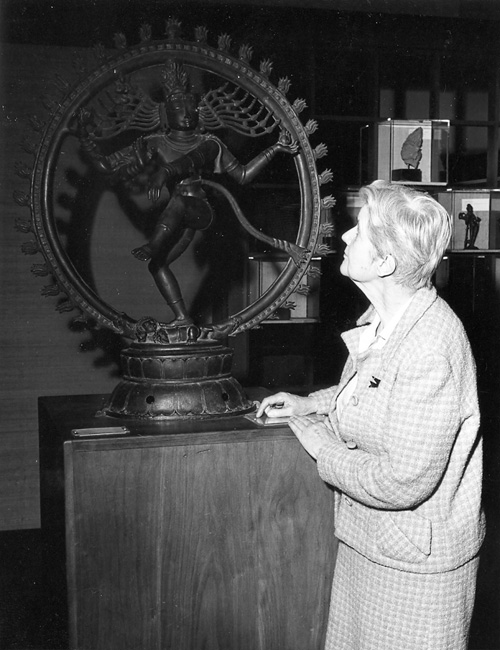
As I wrap up my practicum project here at the ROM I realize that I have learned quite a lot. Not only have I gained experience working with archival records but I also discovered that special collections like Ella Martin’s have significant research value and can enrich educational experiences.
Working on this practicum project has reaffirmed my commitment to continue doing this type of behind-the-scenes work. I may not know when or why someone may access this collection but I believe someone will one day. When that time comes, I hope that in some small way I have helped support their desire to discover and learn new information, just as Ella Martin tried to do for visitors throughout her career at the ROM.
